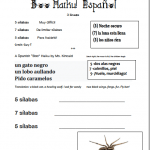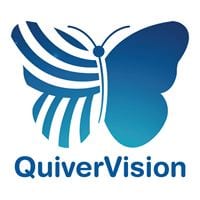

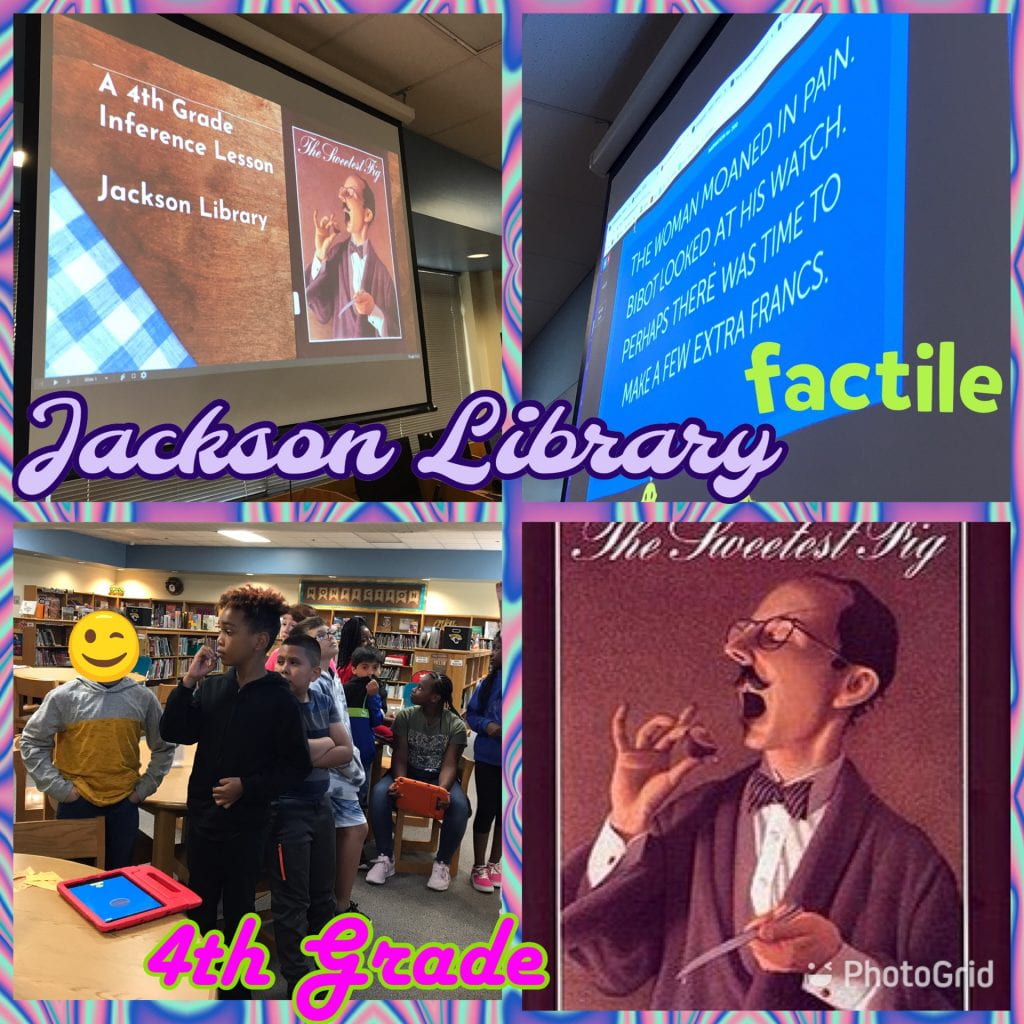
Learning is fun!
Posted in picture book lesson, reading skills, and technology



Fourth and fifth graders problem-solved as they constructed catapults in the Jackson Library last week and this week. The groups were all given 20 popsicle sticks, 7 thick rubber bands, a plastic spoon, a pom pom, and these instructions. They were not required to use the instruction sheet; it was just a guide. After about 12 minutes, they tested their catapult (3 tries), and then went to the tables to redesign for about 5 more minutes. Finally, they launched their catapults again. It was interesting to see the improvements they made the second time around!
Buggy and Buddy Catapult Instructions


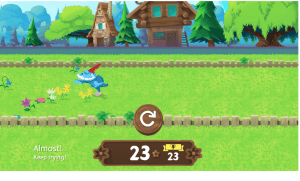
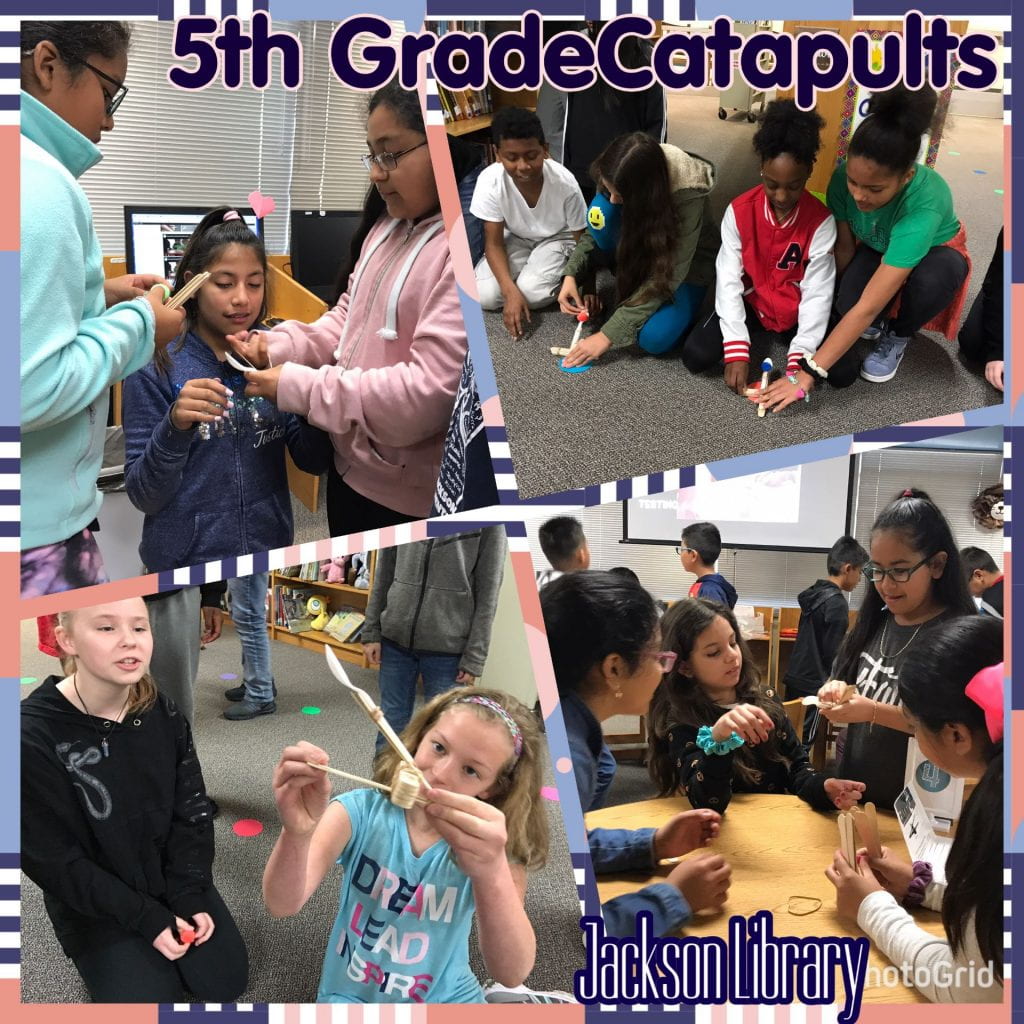
Last week in the Jackson Library, fourth graders used context clues and dictionary excerpts to determine the meaning of unknown words in Mo Willems’ Goldilocks and the Three Dinosaurs book. During the story, we analyzed Goldi’s character traits based on her actions and dialogue. After reading the book, the kids folded an origami storyteller to continue having fun with the storyline.

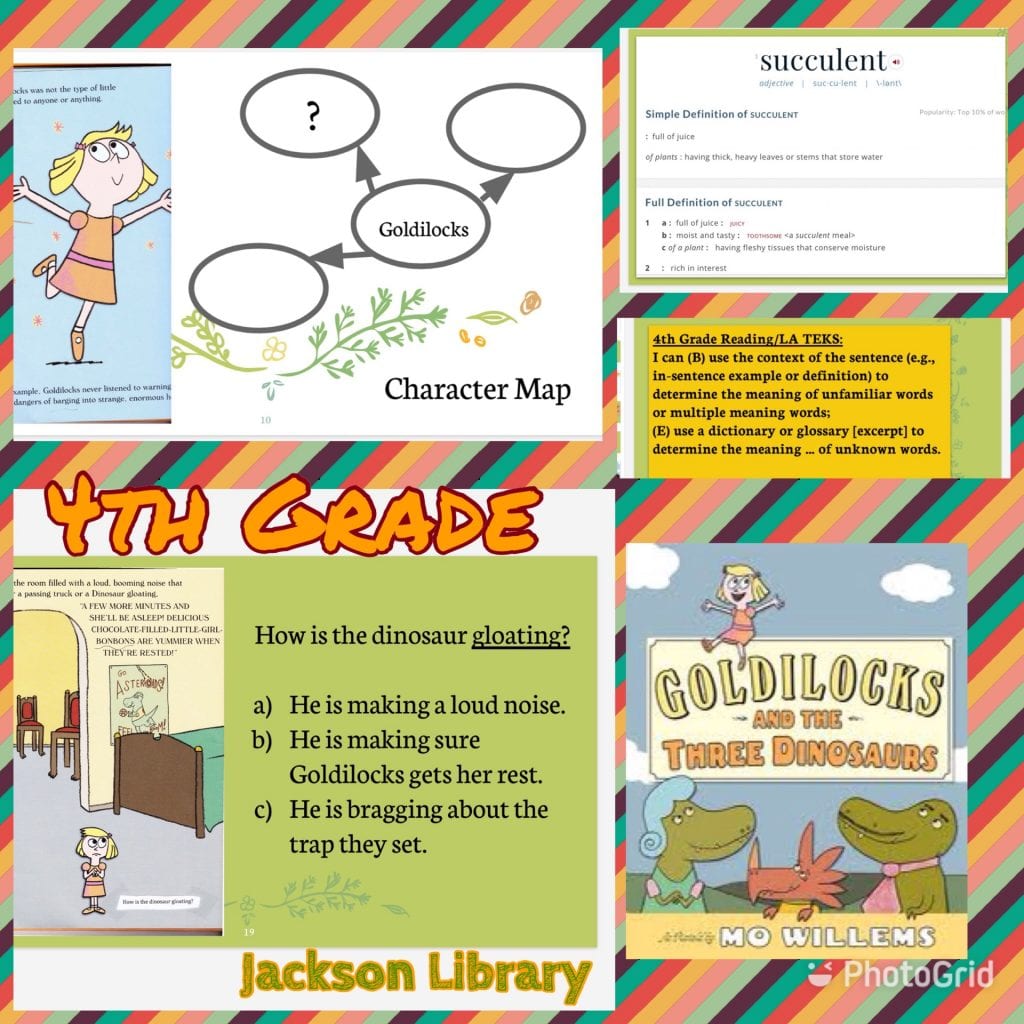
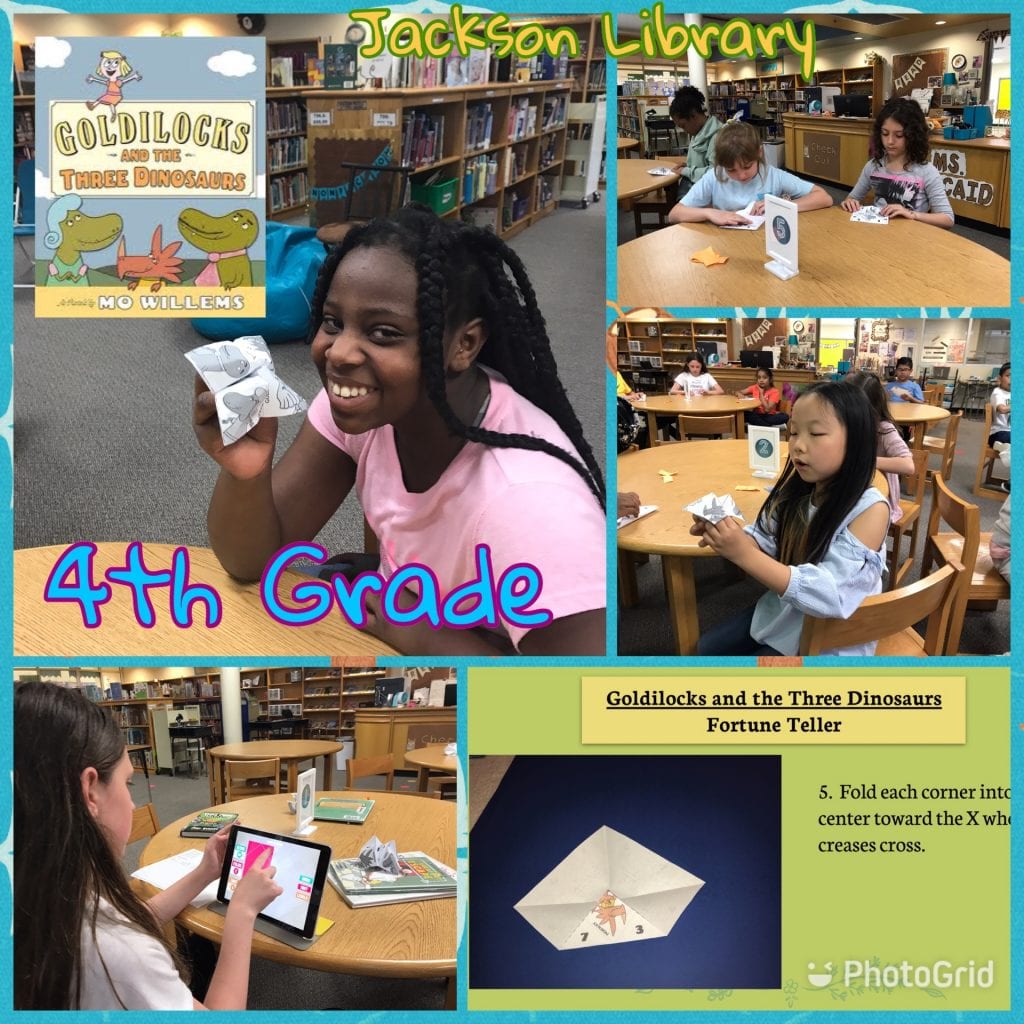
Posted in reading skills, and TTESS 1819
The week before Spring Break, fourth graders had fun finding the main idea of silly news articles. They worked in pairs with Vis-a-Vis markers to write a fresh headline for each article.
(11) Reading/Comprehension of Informational Text/Expository Text: Students analyze, make inferences and draw conclusions about expository text and provide evidence from text to support their understanding. Students are expected to: (A) summarize the main idea… [in a way that that maintains meaning]
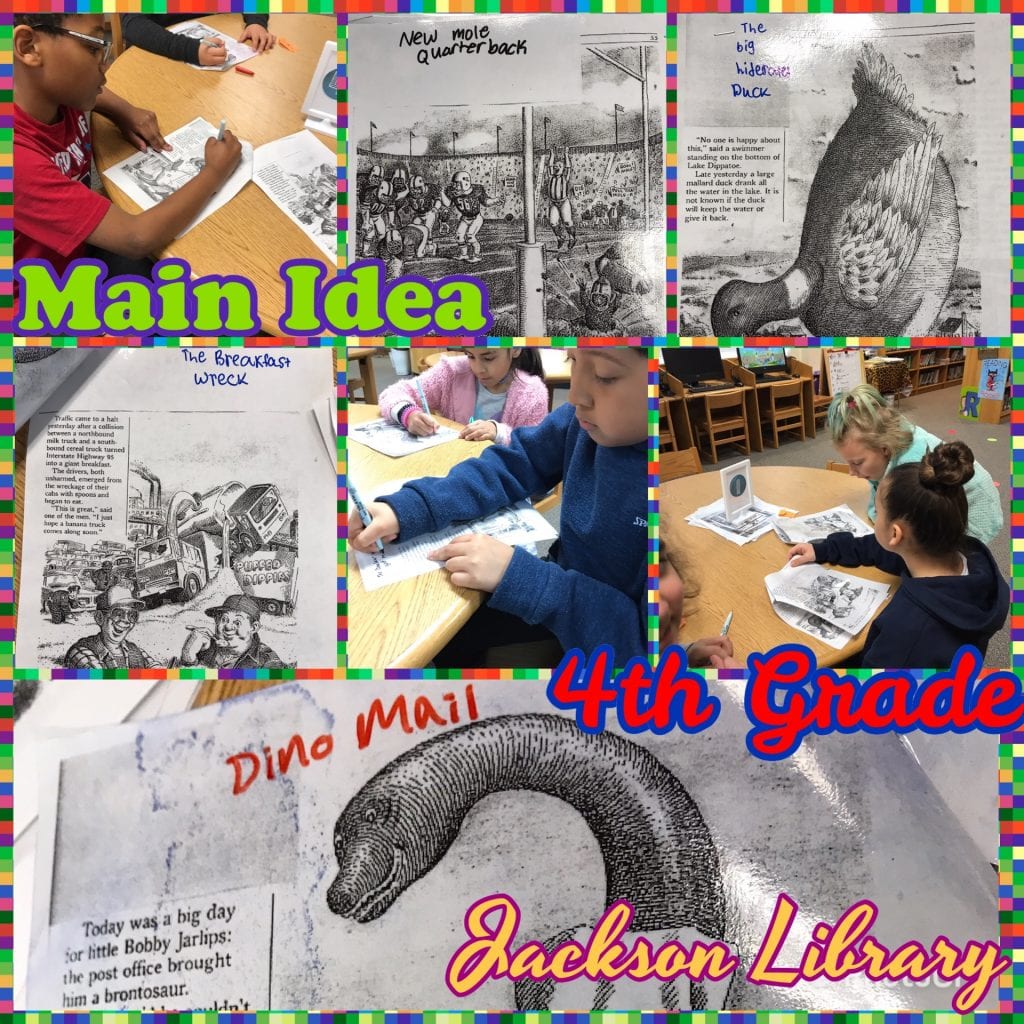
This morning at 7:00 am, the 4th grade Secret of the Fortune Wookiee book club played a Kahoot review game, solved a Murky crossword puzzle, and created light saber cards! The materials you need are: template for card (below on the Left Brain Craft Brain site), 5 mm LED 2 prong mini lights, coin cell batteries , red straws (Wal-Mart), scissors, and tape. I already had the lights from this kit I purchased a while back. For the circuit cards, I prefer the Chibitronics LED sticker paper circuit kits. First, fold the cardstock and poke the prongs of the LED light through right at the top of the light saber hilt. Then cut a piece of straw (start out longer) and slide the straw on top of the LED light. Then tape the coin cell battery to the back, making sure there is a prong per side. This part took some fiddling to get right. Then cut the straw as needed. We found a longer straw made the light look more light-saber-ish.
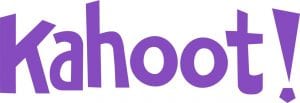
Template and How-To from:
Another interesting idea found here.
Posted in nonfiction lesson, and TTESS 1819
Last week in the Jackson Library, fourth graders used critical reading skills when analyzing a recipe for a Snowball Salad. They worked in pairs to answer TEKS-based questions like inference when asked, “Why do you think an adult is needed for Step 1?”
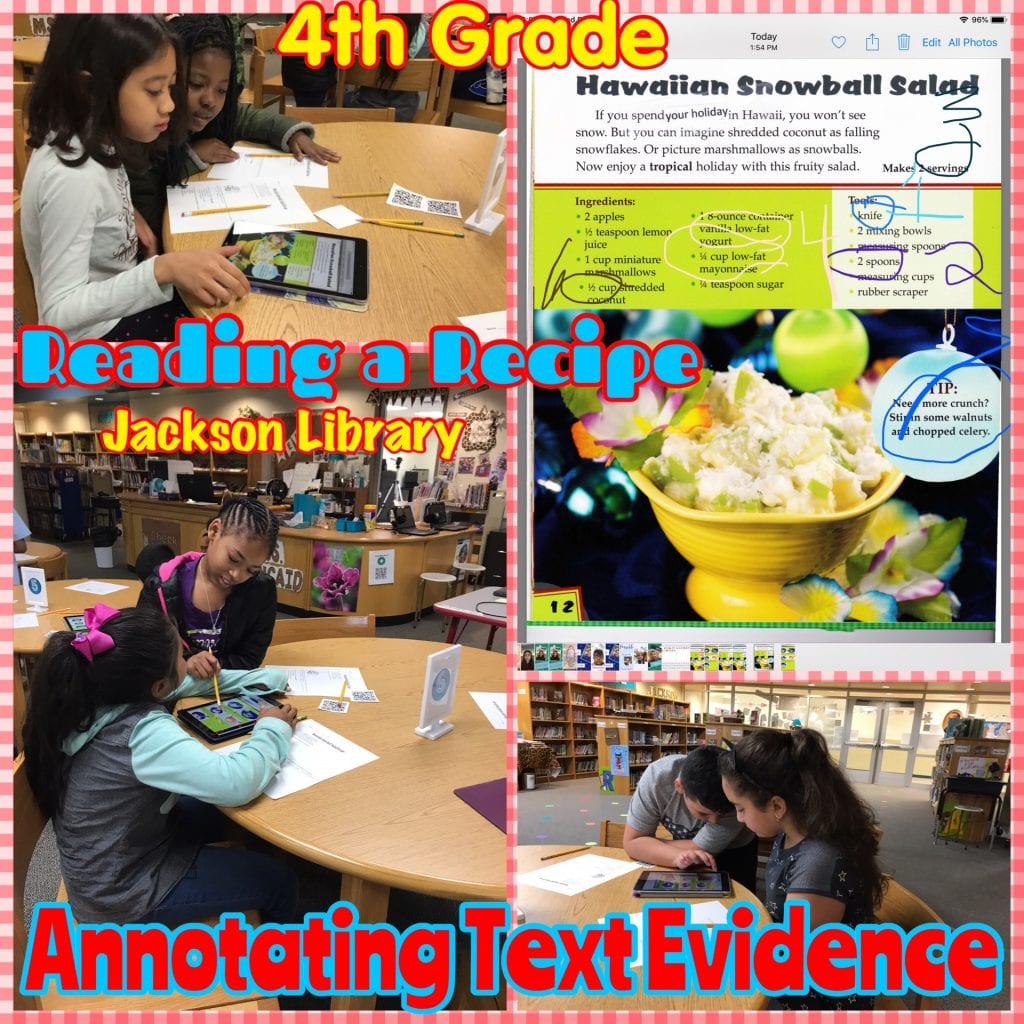
Posted in nonfiction lesson, and TTESS 1819
Fourth graders analyze media by scrutinizing fake websites, identifying propaganda techniques in commercials, finding the purpose of print ads, differentiating between formal and informal language, explaining how design elements of advertising affect the viewer (pacing, sound), spotting scams and hoaxes and more in the Jackson Library. In this video, they are exploring the website Edumosis and discussing whether this app should be purchased or not and why. This involves critical reading and they find out something interesting when scrolling to the bottom to read the disclaimer!
This lesson is in the 12-10-18 portion of the 4th grade section of my media literacy minute Google Slides on my Media Literacy blog page link below.
4th TEK 14 Reading/Media Literacy – Students use comprehension skills to analyze how words, images, graphics and sounds work together in various forms to impact meaning.
A) explain positive and negative impacts of advertisement techniques genres of media to impact consumer behavior
B) explain how various design techniques (pacing, close-ups, sound effects) used in media influence the message
C) compare various written conventions used in digital media (language in formal e-mail vs language in a web-based article)
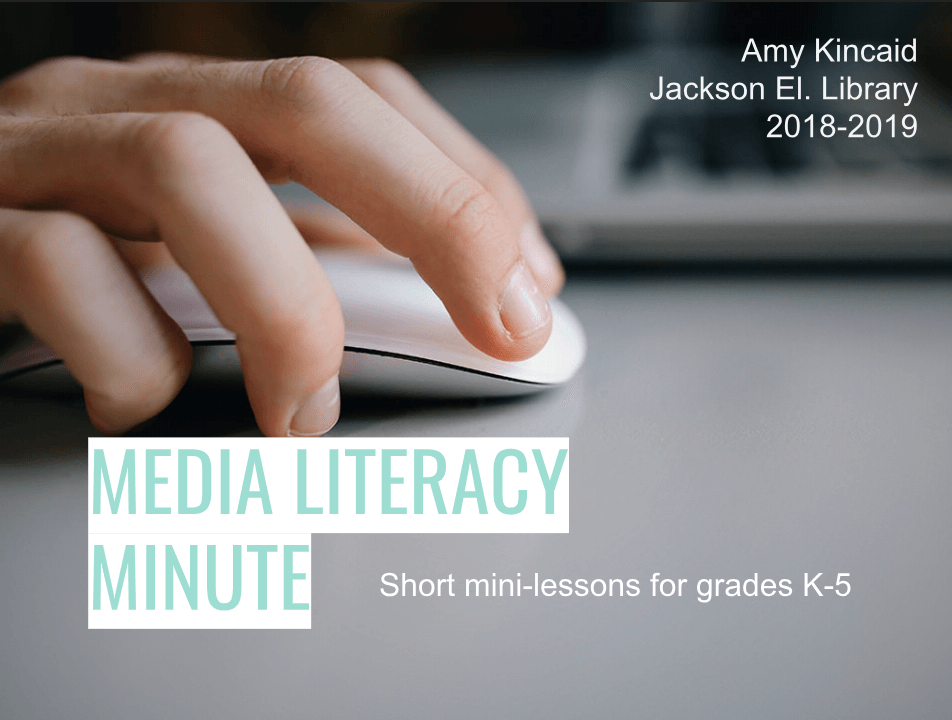 Lessons
Lessons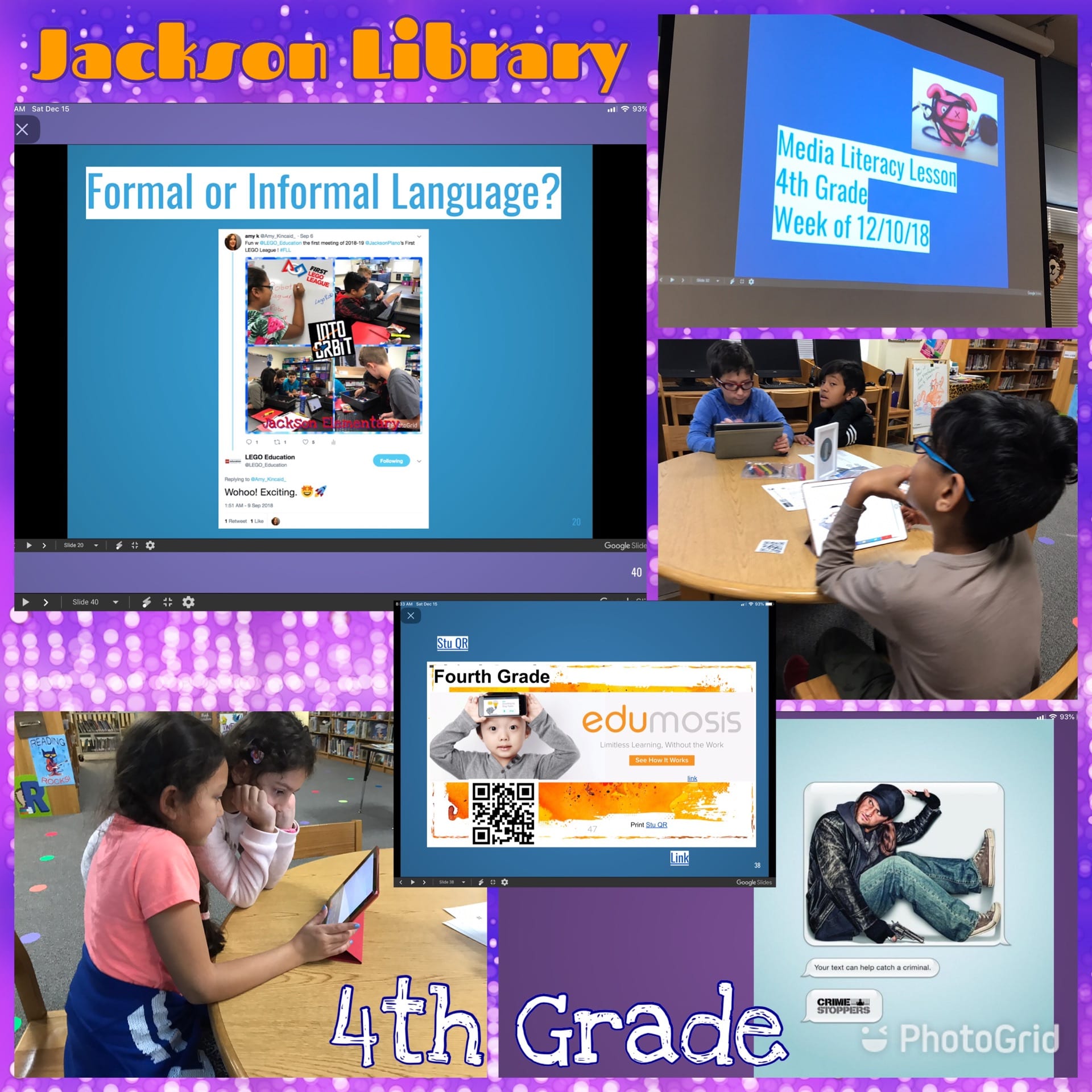
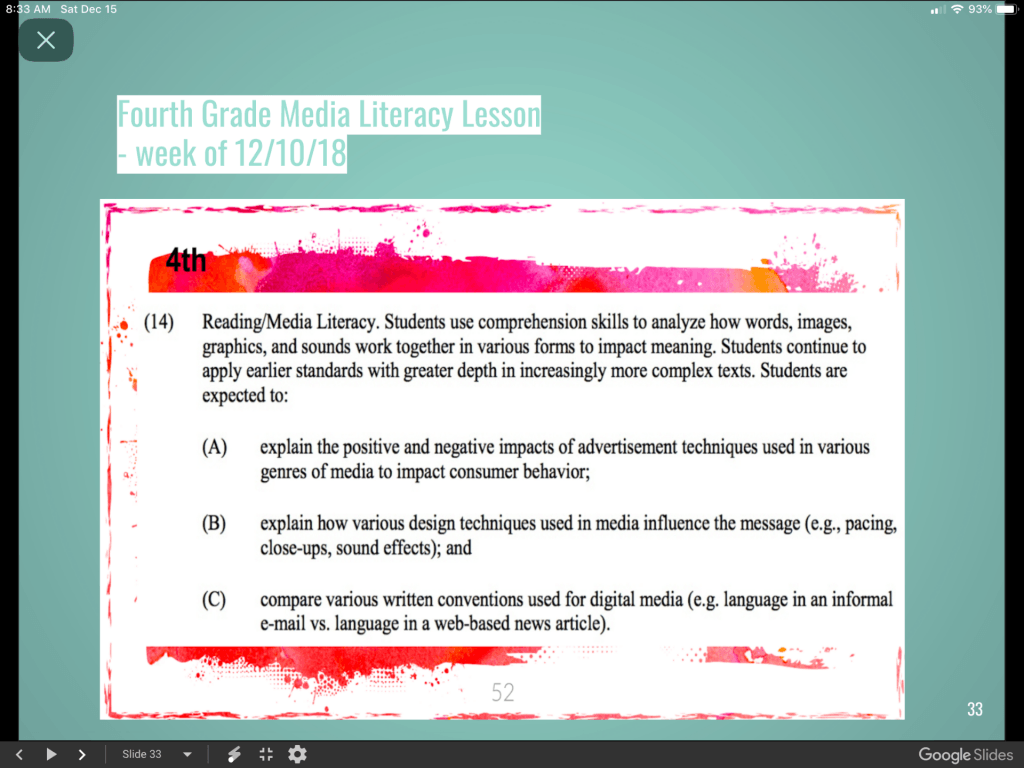
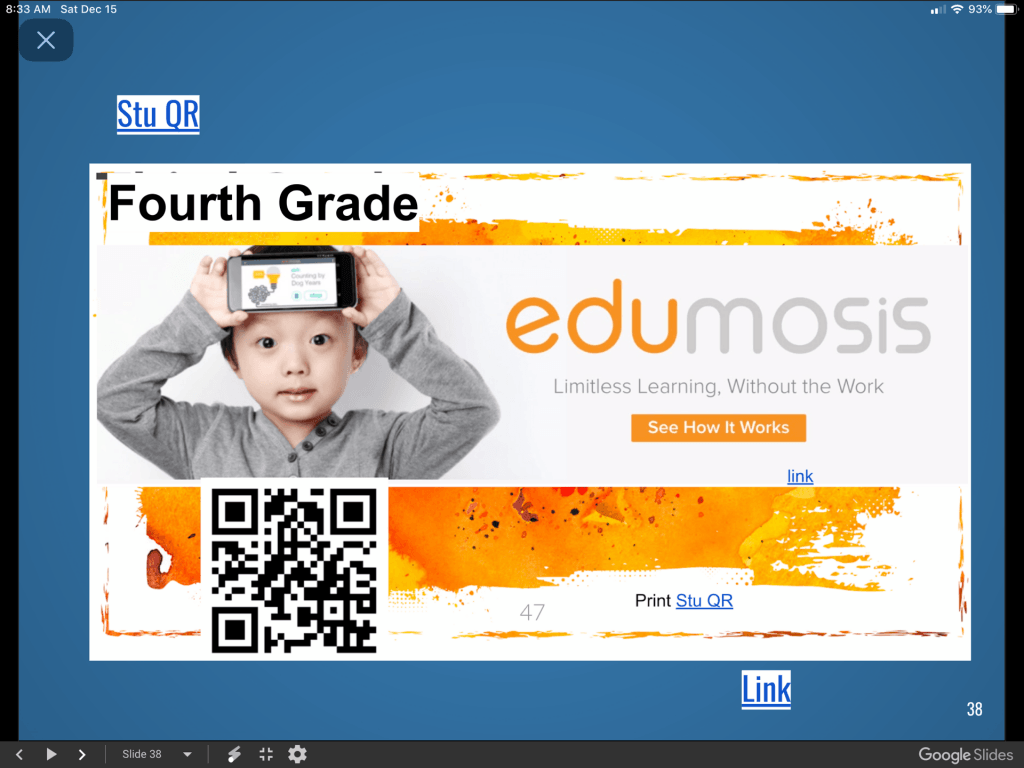
Posted in reading skills, technology, and TTESS 1819
Fourth graders analyzed procedural text in the Jackson Library. I gave them a QR Code to scan which took them to a page about how to fold an origami dog. They then took a screenshot of the pages and used the iOS 12 markup tools to show their text evidence. They also had to answer STAAR-formatted questions I created for them. This opened up good discussions and strategies to make sure they were paying attention to details in the text and interpreting the diagrams correctly. Check out the video of their work!
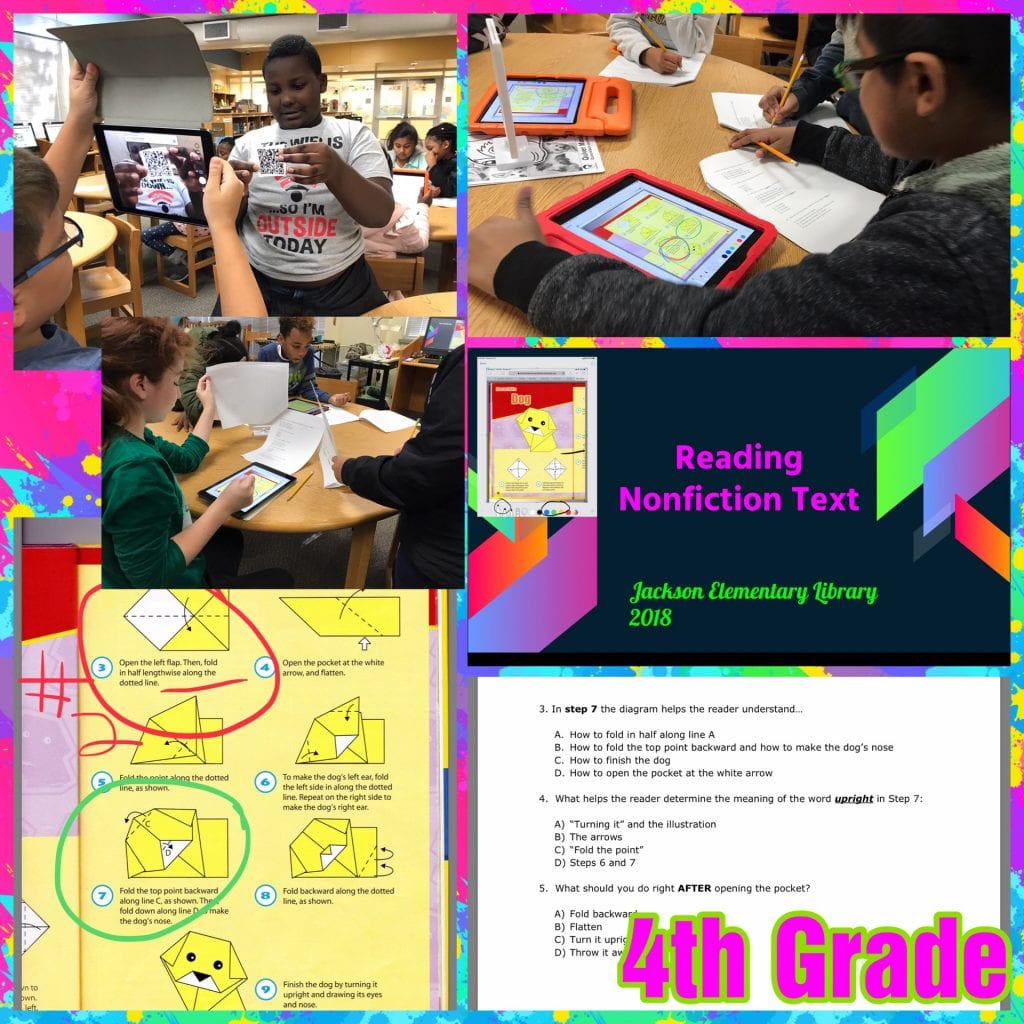
fix number 4 – ‘step 9’
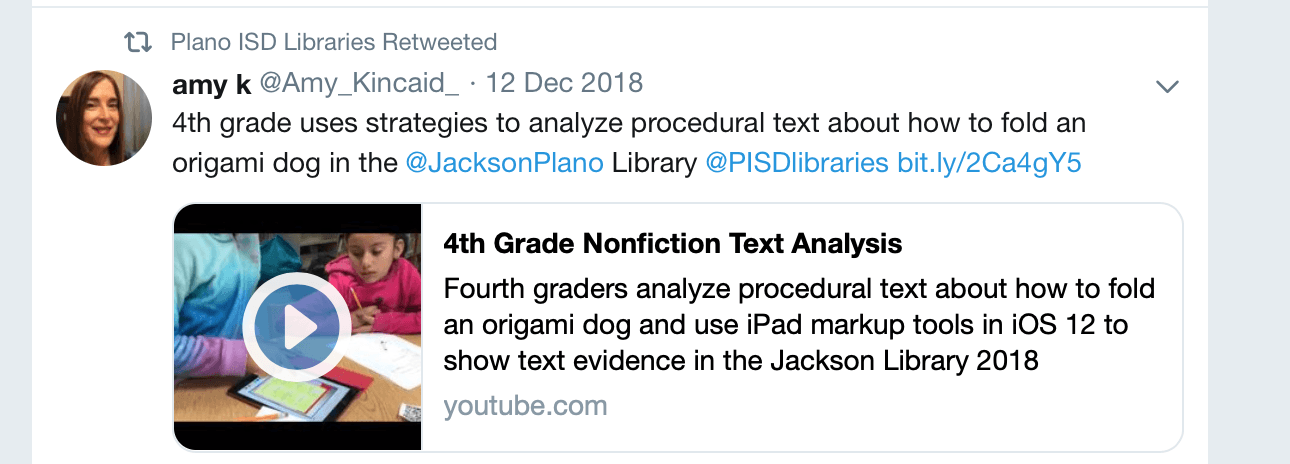
Posted in apps, holiday, technology, and TTESS 1819
Fourth graders came to the library this week to explore different formative assessments. Yesterday we tried Pear Deck but it isn’t ideal for the library in that each student has to log in to his/her Google account and we have to share iPads (work in pairs). So today we tried GoFormative and loved it! I gave each pair of students a Pokemon character’s name on a card and that was their login. Then I gave them all the same password. I set up the class in advance on the site and I took screenshots of a Google Slides presentation I had ready about spooky poems. Then I entered the questions in GoFormative. I like all of the media possibilities- you can import a pdf, video, ask them to draw something on the screen, use multiple choice, audio, etc. I also like how the students can answer at their own pace. In the settings, I marked the choice for ‘after student submits.’ It will be interesting to see how this lesson goes the rest of this week!
Reading Comprehension of Literary Text/Poetry: Students make inferences and draw conclusions about the structure and elements of poetry and provide evidence from text to support their understanding. Students are expected to explain how the structural elements of poetry (e.g., rhyme, meter, stanzas, line breaks) relate to form) (e.g. lyrical poetry, free verse).
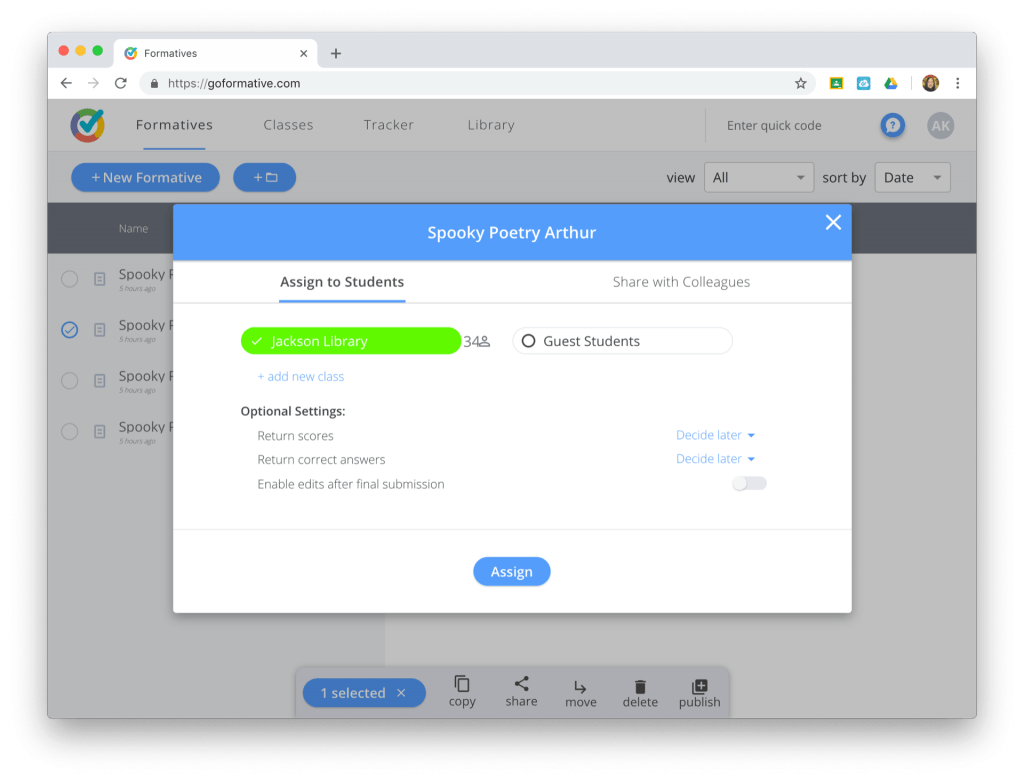
Choose the assessment you want them to take (in background screen here) and then choose your class (Jackson Library).

In optional settings, choose ‘return scores’= after student submits.
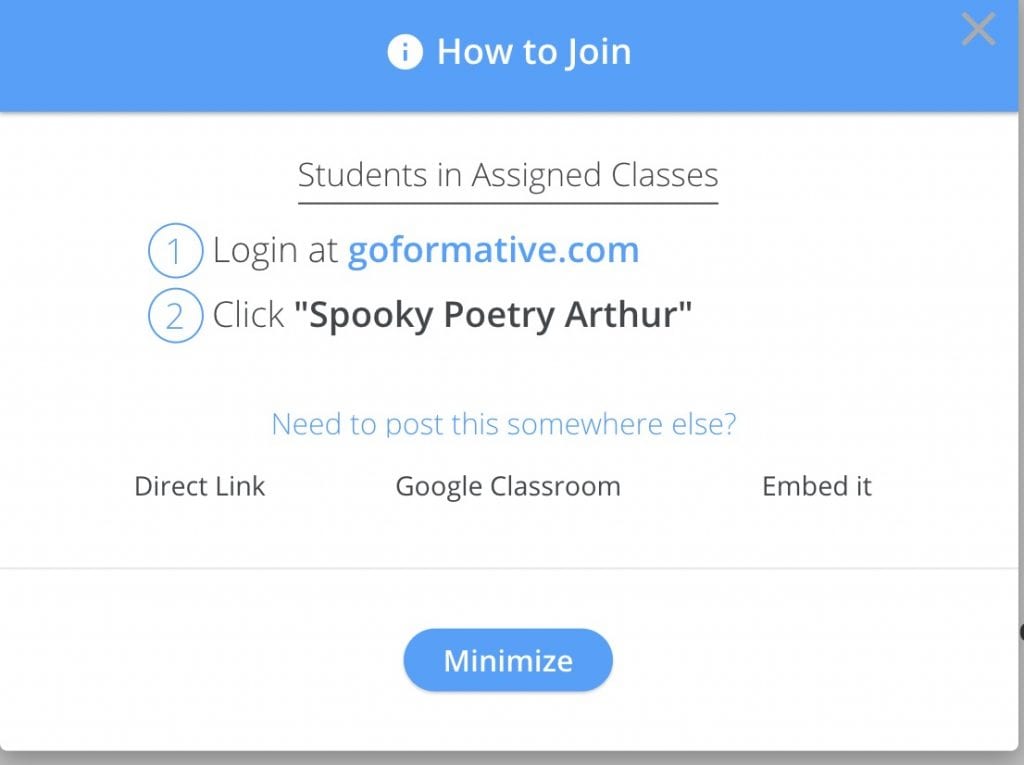
Now give the students a QR code or bookmark the Go Formative login screen. Then they are ready to login and click their assignment.
SAMPLE STUDENT LOGIN CARD
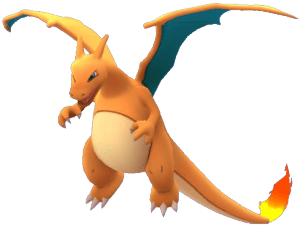
@charizard
library
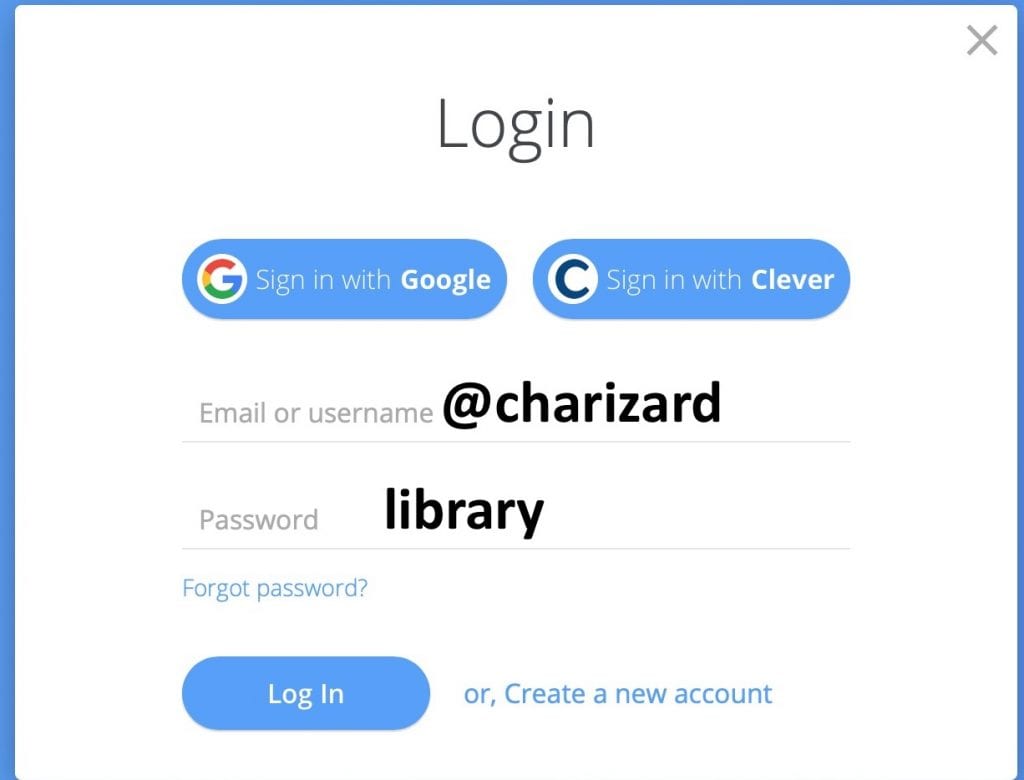
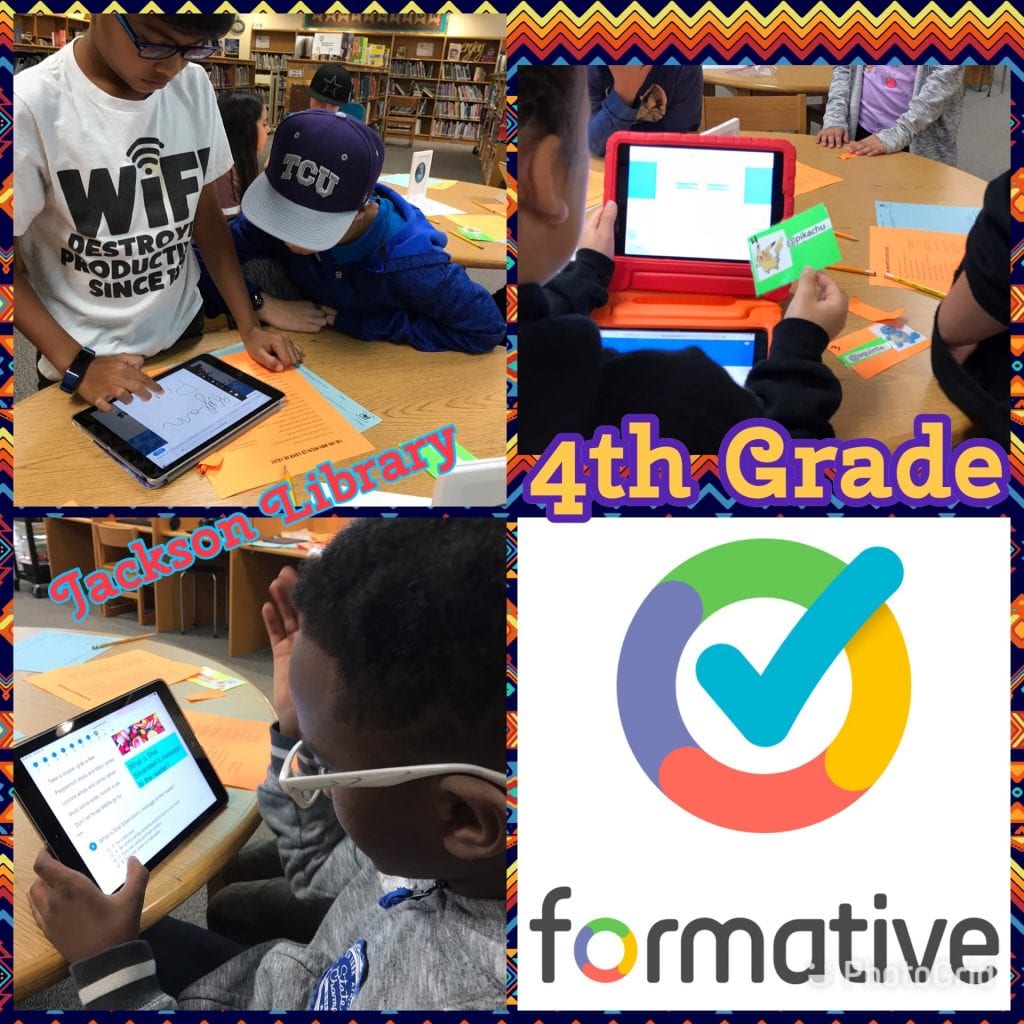

Posted in holiday
Fourth graders came to the library to write fun, spooky poems full of imagery. After reading Caswell and Shea’s Boo! Haiku book, the kids created their own spooky-themed poems. They had to choose a topic and then had to describe it well enough so someone could guess the topic. I made a fun interactive bulletin board of these so the kids in the school could guess the topics. What great writers we have at Jackson!
Grade 4
LT: 16 G: Writing/Literary Texts: I can compose poems that convey sensory details using the conventions of poetry (genre characteristics and craft).
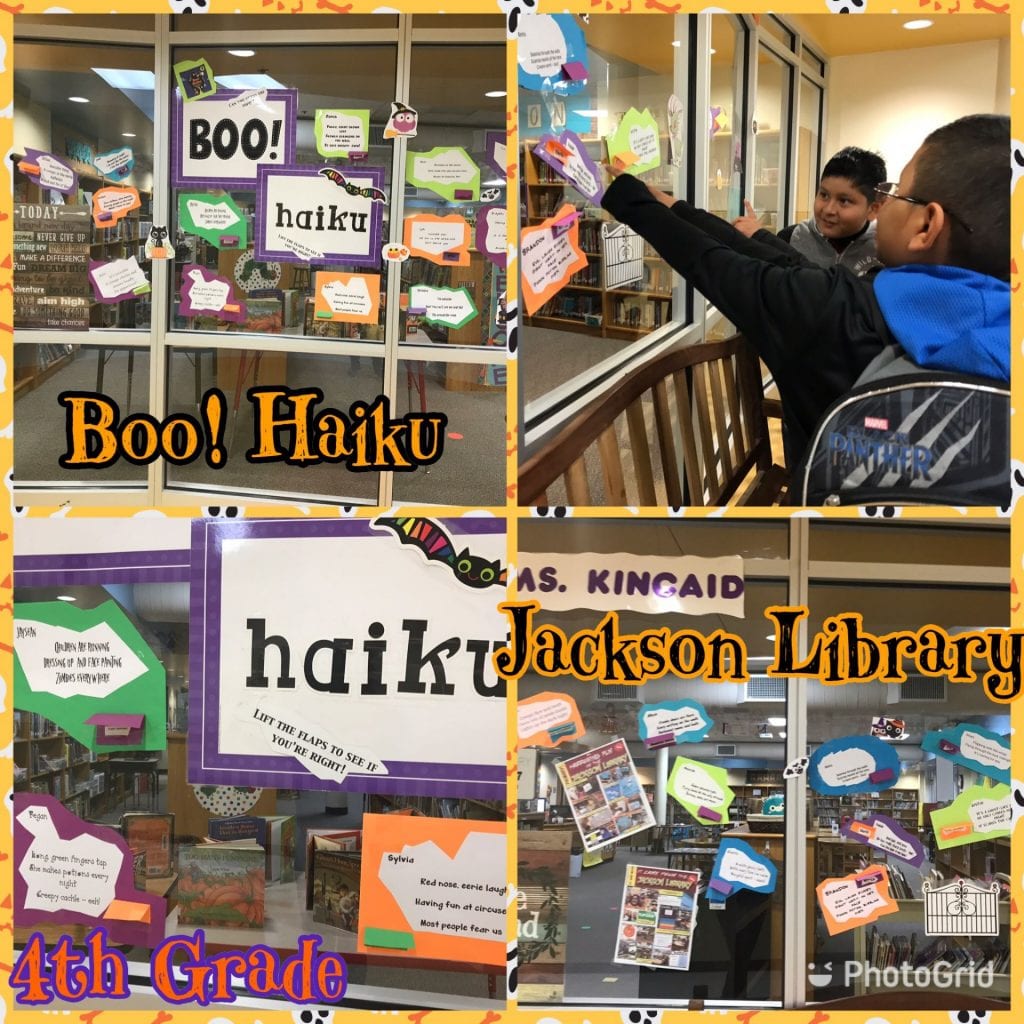
SPANISH ADDED 2021
(5) viento frio
(7) casa atteradora
(5) muchos ruidos
